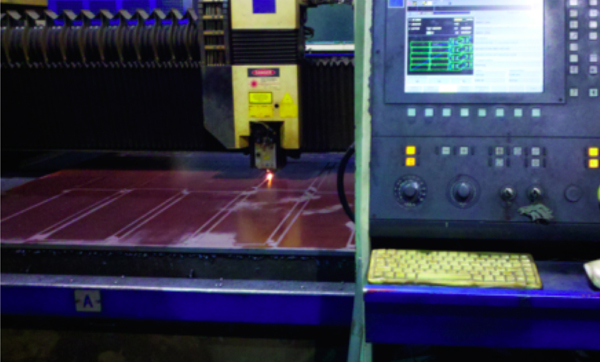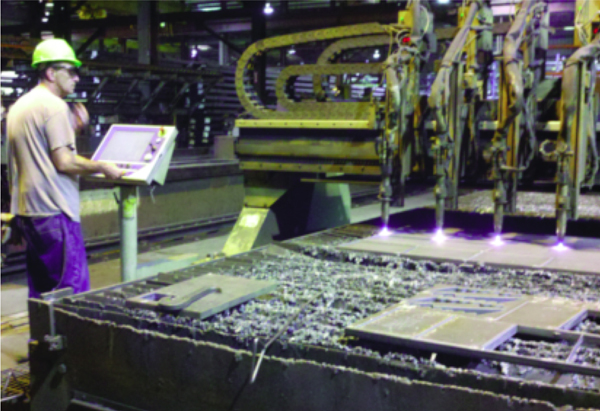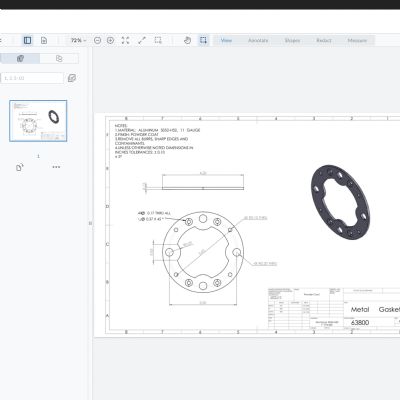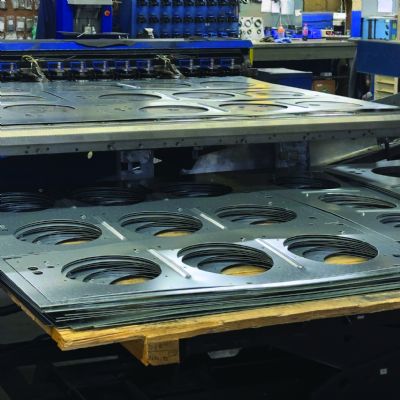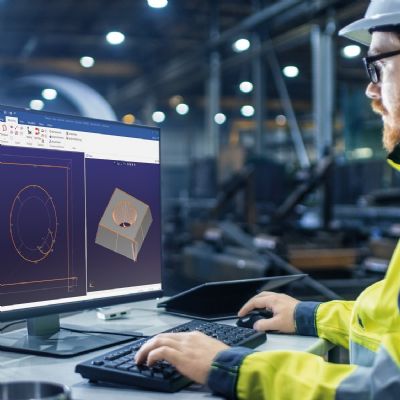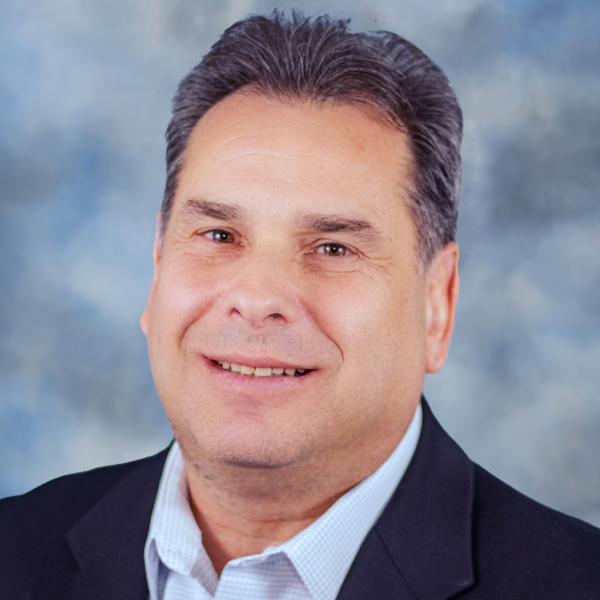 Brad Kuvin
Brad KuvinNew Nesting Software Nets Quick ROI
April 1, 2012Comments
Value-added work is picking up at metal-service center Tampa Bay Steel. In the last year alone, the company has installed two new Haas CNC vertical mills, its third Trumpf laser-cutting machine, and its first waterjet-cutting machine. The new machines join five plasma-cutting tables and an oxyfuel-cutting table at the 200,000-sq.-ft. service center, which ships out an average of 300,000 lb./day of metal-alloy sheet, plate, structurals, tube and pipe.
While most of the work coming out of Tampa Bay Steel is of carbon steel, the firm has carved a substantial niche supplying Type 904L stainless steel, which it ships all over the country—even taking in orders over the Internet. Applications for the high-nickel austenitic alloy, originally developed for its resistance to sulphuric acid, abound in the marine industry due to its ability to resist corrosion in warm sea water and other high-chloride environments.
“I had five different programming packages on my computer to cover all of the machines we run,” says Carpenter. “Every time we added a new machine, we had to learn a new programming routine.”
One Ultimately Flexible Program
Early in 2011, Carpenter began to evaluate software options that would allow him and his team the ability, with one program, to nest and program every piece of cutting equipment in the shop, regardless of brand. In mid-2011, Tampa Bay Steel installed SigmaNest CAD/CAM nesting software from SigmaTek Systems, Cincinnati, OH—three seats just for quoting and nesting, and four fully functional seats for quoting, nesting and for posting programs to the shop floor.
In addition to enjoying the benefits of only having to learn and use one piece of software to program all of the company’s cutting machines, Carpenter also highlights how simple it is to import SolidWorks part files into his new nesting software.
“While other software packages also offer this feature,” he says, “SigmaNest seems to do it better, with just a couple of clicks.” This feature proves particularly important when the shop decides to cut a part originally programmed to run on one type of machine (a plasma-cutting machine, for example) and, perhaps for scheduling or capacity reasons, decides to cut the part on another machine (say a laser). Carpenter explains.
Now, Carpenter can simply update the single SolidWorks file for a part, and when he brings it into SigmaNest he can automatically develop the optimum cutting program for the machine he expects to use for cutting. Each machine—laser, plasma, waterjet and oxyfuel—has its own set of variables contained within SigmaNest that affect how parts are to be nested, accounting for differences in kerf, cutting speed, and cornering parameters such as speed and acceleration.






